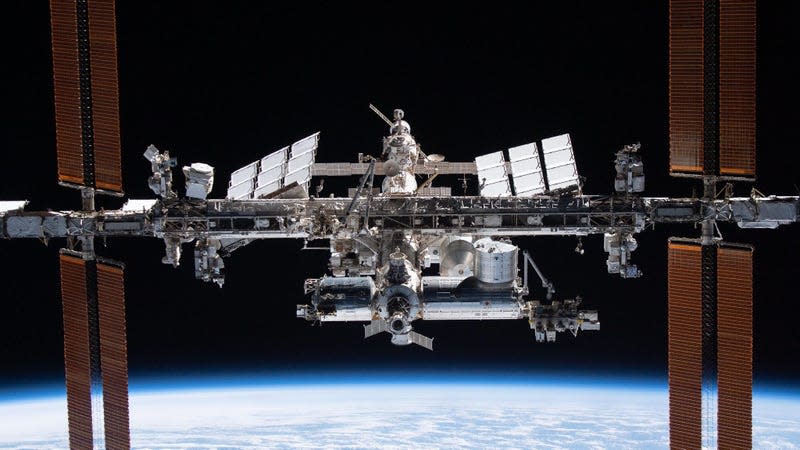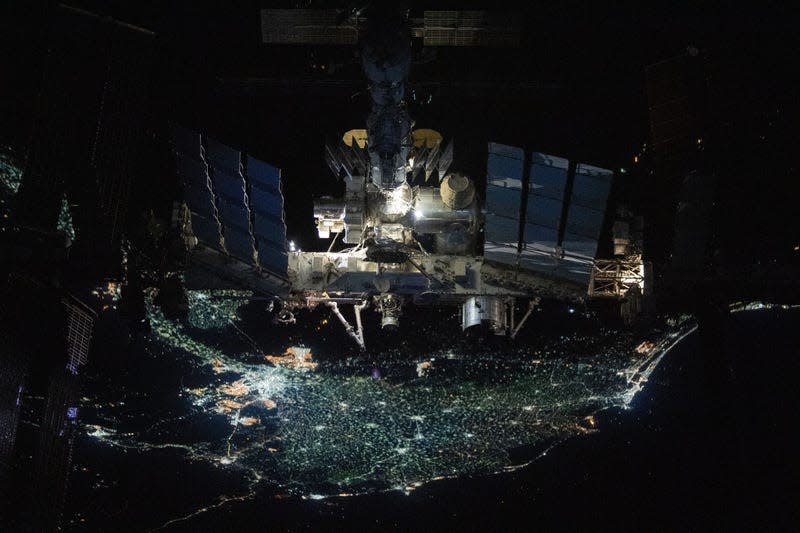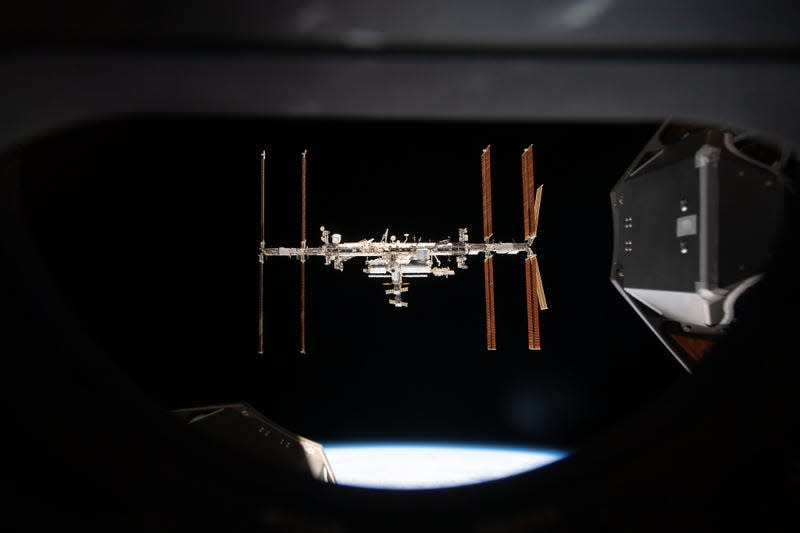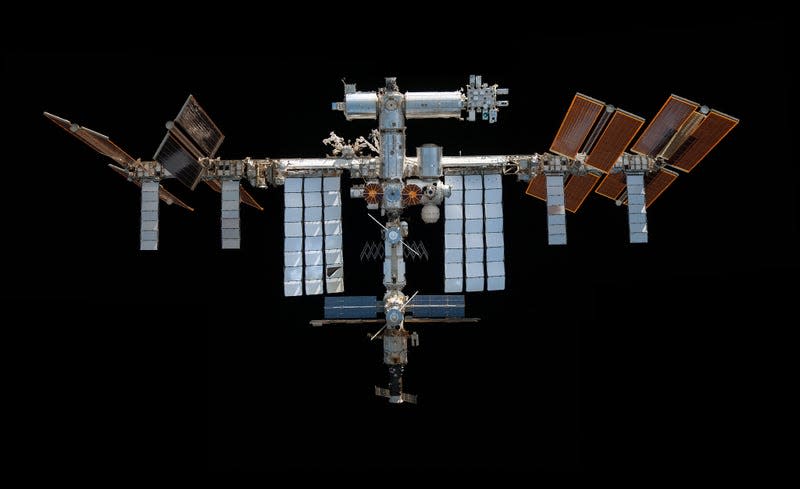NASA Might Spend $1 Billion To Destroy The International Space Station

The International Space Station is literally a sinking ship. Besides being a symbol of humanity’s scientific prowess and ability to cooperate, the ISS also happens to be a 450-ton spacecraft that’s subject to gravitational forces in low Earth orbit. The ISS has lasted beyond its intended lifespan, and it requires periodic boosts to stay in orbit. NASA plans to retire it by the next decade, but it could cost nearly $1 billion to do so, as the Scientific American reports.
The destruction of the ISS is scheduled to be complete by 2031, and the agency has a few options to go about it. All of them require the ISS to return to Earth in a fiery blaze, but the most feasible option is to rely on three Russian Progress cargo vehicles that would help the ISS fall in a “deliberate, destructive descent.”
Read more
Your Old Gmail Account Will Be Deleted Tomorrow If You Don’t Sign in Now
Baldur’s Gate 3 Patch Now Lets You Recruit Minthara Without Mass Murder

NASA could push the ISS into higher orbit, which Scientific American refers to as the “graveyard orbit” where it would no longer be a risk, but doing so would also be expensive. And it’s likely that the station would disintegrate anyway due to its old age and sheer size, leaving behind an enormous amount of debris.
Even if Russia’s space agency, Roscosmos, agrees to assist with the vehicles needed for a controlled descent, recent events have cast a shadow on Russia’s ability to supply reliable craft for such an important mission. Russia has lately seen a number of failures that have called its once formidable space-faring capabilities into question. NASA will be looking at commercial proposals within the next few months for a custom deorbit vehicle capable of handling the mass of the ISS, but such a craft has never been needed. There are a few options but astrophysicist Jonathan McDowell says they’re not going to be cheap, according to the SA:
But if NASA wants a single deorbit vehicle with a design based on the current global space fleet, McDowell adds, it doesn’t have many options. “The things that seem obvious when you first start thinking about it—they just don’t have the oomph to do this big final burn in a short time,” McDowell says. The closest existing technology, he thinks, is the Artemis program’s European Service Module, which powered NASA’s uncrewed Orion capsule on a milestone trip around the moon last fall and is scheduled to help land humans on the lunar surface later this decade. Everything else, he says, is either far too weak or too forceful or simply unable to carry enough fuel for the task—hence NASA’s solicitation of commercial proposals for a new, custom-built deorbit vehicle.
The ISS turned 25 this year, meaning it has passed its target lifetime of 15 years by a decade; the station’s first modules reached orbit at the end of 1998. One way or another, the ISS will have to crash and burn back to Earth, and its deorbit will have to be carried out with or without Russia helping the U.S. It may just end up costing a billion to bring down the biggest object humanity has ever put into orbit.


More from Jalopnik
Baldur’s Gate 3’s New Patch Is The Best Reason Yet To Play More
Report: Blizzard Wonders If You’ll Pay $100 For Diablo IV DLC
IRL Squid Game So Depraved Players Used Condoms For Chapstick
The Golden Bachelor's Gerry Turner may not be so nice after all
Sign up for Jalopnik's Newsletter. For the latest news, Facebook, Twitter and Instagram.

 Yahoo Autos
Yahoo Autos 